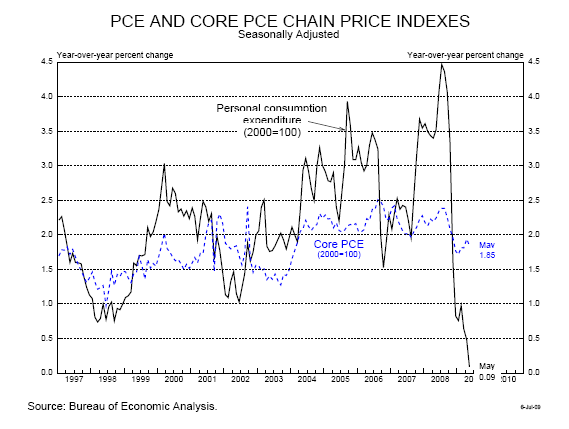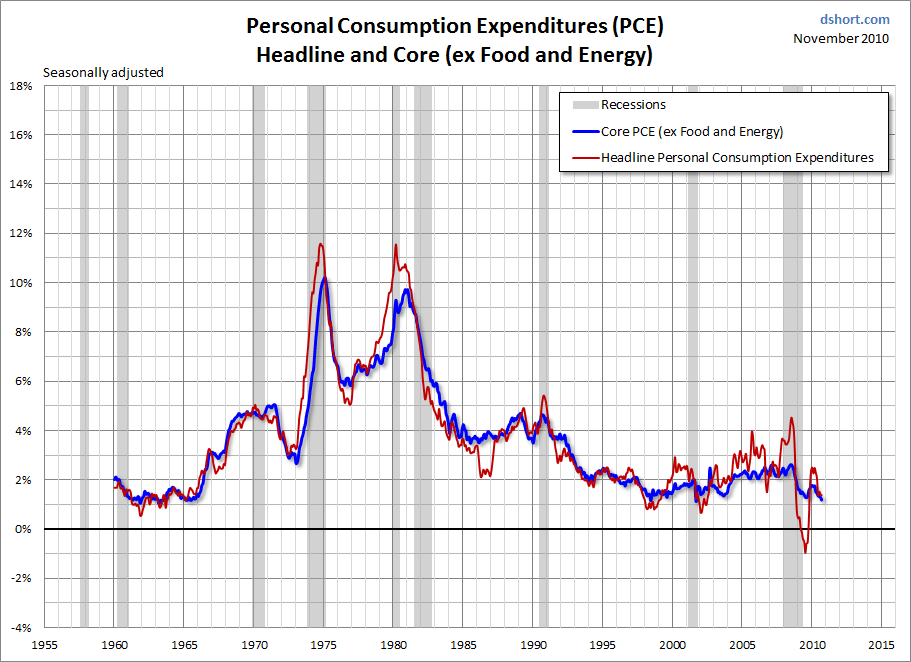

Real state and local government consumption expenditures and gross investment decreased 2.1 percent, compared with a decrease of 1.5 percent. Nondefense decreased 2.1 percent, in contrast to an increase of 1.7 percent. National defense decreased 12.0 percent, compared with a decrease of 22.1 percent. Real federal government consumption expenditures and gross investment decreased 8.7 percent in the first quarter, compared with a decrease of 14.8 percent in the fourth. Real imports of goods and services decreased 0.4 percent, compared with a decrease of 4.2 percent. Real exports of goods and services decreased 1.1 percent in the first quarter, compared with a decrease of 2.8 percent in the fourth. Real residential fixed investment increased 14.0 percent, compared with an increase of 17.6 percent.
#PERSONAL CONSUMPTION EXPENDITURES SOFTWARE#
Equipment and software increased 4.1 percent, compared with an increase of 11.8 percent. Nonresidential structures decreased 8.3 percent, in contrast to an increase of 16.7 percent. Real nonresidential fixed investment increased 0.4 percent in the first quarter, compared with an increase of 13.2 percent in the fourth.

Services increased 1.7 percent, compared with an increase of 0.6 percent. Nondurable goods increased 2.8 percent, compared with an increase of 0.1 percent. Durable goods increased 7.6 percent, compared with an increase of 13.6 percent. Real personal consumption expenditures increased 2.6 percent in the first quarter, compared with an increase of 1.8 percent in the fourth. Excluding food and energy prices, the price index for gross domestic purchases increased 1.5 percent in the first quarter, compared with an increase of 1.2 percent in the fourth. residents, increased 1.2 percent in the first quarter, unrevised from the second estimate this index increased 1.6 percent in the fourth quarter.

The price index for gross domestic purchases, which measures prices paid by U.S. Final sales of computers added 0.09 percentage point to the first-quarter change in real GDP after adding 0.10 percentage point to the fourth- quarter change. Motor vehicle output added 0.33 percentage point to the first-quarter change in real GDP after adding 0.18 percentage point to the fourth-quarter change. The acceleration in real GDP in the first quarter primarily reflected an upturn in private inventory investment, an acceleration in PCE, and smaller decreases in federal government spending and in exports that were partly offset by a deceleration in nonresidential fixed investment and a smaller decrease in imports.

Imports, which are a subtraction in the calculation of GDP, decreased. The increase in real GDP in the first quarter primarily reflected positive contributions from PCE, private inventory investment, and residential fixed investment that were partly offset by negative contributions from federal government spending, state and local government spending, and exports. With the third estimate for the first quarter, the increase in personal consumption expenditures (PCE) was less than previously estimated, and exports and imports are now estimated to have declined (for more information, see "Revisions" on page 3). In the second estimate, real GDP increased 2.4 percent. The GDP estimate released today is based on more complete source data than were available for the "second" estimate issued last month. In the fourth quarter, real GDP increased 0.4 percent. Real gross domestic product - the output of goods and services produced by labor and property located in the United States - increased at an annual rate of 1.8 percent in the first quarter of 2013 (that is, from the fourth quarter to the first quarter), according to the "third" estimate released by the Bureau of Economic Analysis.


 0 kommentar(er)
0 kommentar(er)
